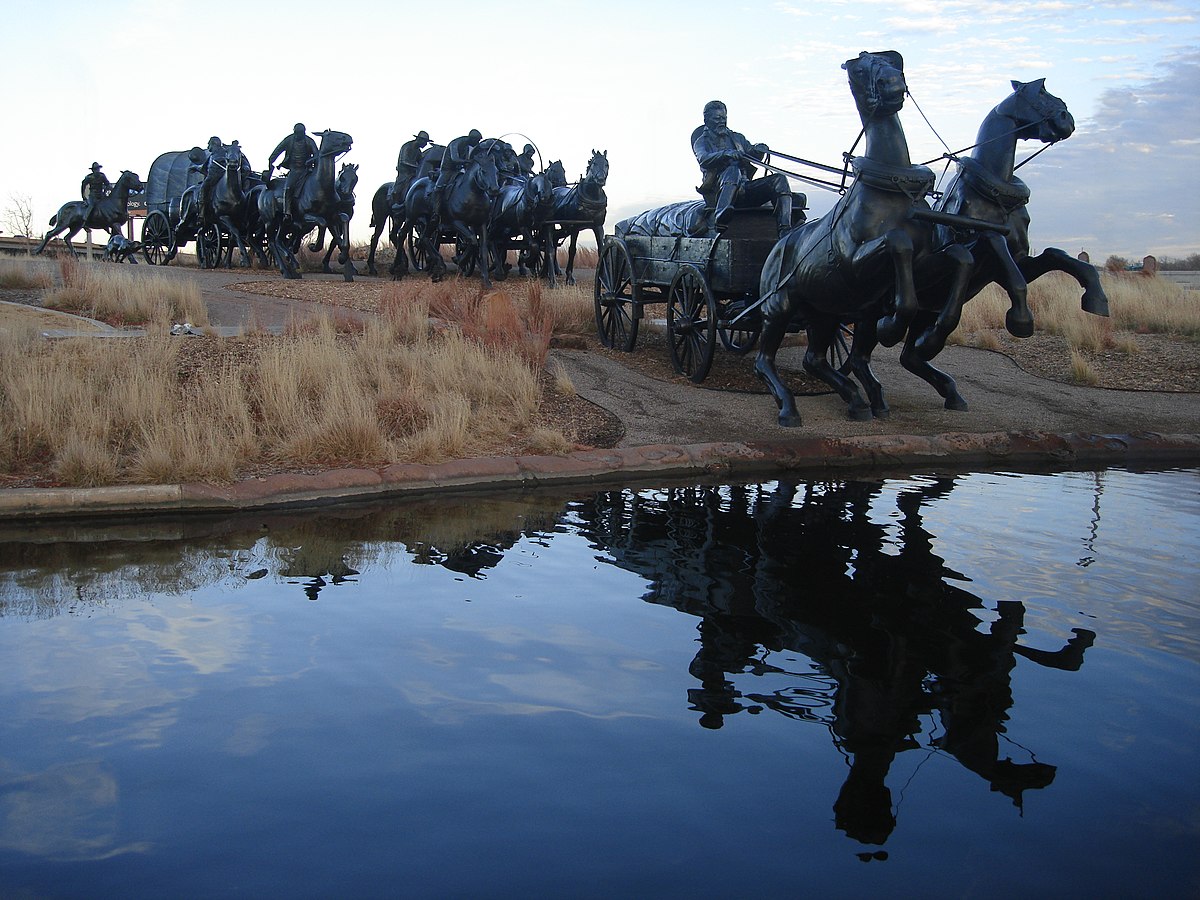Secrets Of The 1889 Oklahoma Land Run

Ever wondered how the 1889 Oklahoma Land Run changed American history? This event saw thousands of settlers racing to claim land in what is now Oklahoma. Picture wagons, horses, and people on foot, all eager to start new lives. The Oklahoma Land Run wasn't just a race; it was a pivotal moment that shaped communities and economies. Many families found their fortunes, while others faced challenges. This land rush opened up opportunities but also brought conflicts with Native American tribes. Understanding this event helps us see how the American frontier spirit influenced the nation's growth. Ready to learn more?
The Beginning of the Land Run
The 1889 Oklahoma Land Run marked a pivotal moment in American history. Thousands of settlers raced to claim land in the Unassigned Lands, leading to the rapid establishment of towns and communities. This event was filled with excitement, chaos, and determination.
Key Locations of the Land Run
Several places played crucial roles during the land run. Each location has its own unique story and significance.
Guthrie
Guthrie became the first capital of Oklahoma. Settlers flocked to this area, quickly establishing homes, businesses, and government buildings. Within hours, Guthrie transformed from a barren land to a bustling town.Oklahoma City
Oklahoma City saw an influx of settlers during the land run. It rapidly grew into a major urban center. The city's growth was so fast that it became the state's capital in 1910, replacing Guthrie.Kingfisher
Kingfisher was another key location during the land run. It served as a central point for settlers moving into the surrounding areas. The town quickly developed a strong agricultural base, which remains important today.Edmond
Edmond, located north of Oklahoma City, became a significant stop for settlers. The town's strategic location along the railroad made it a prime spot for new residents. Edmond's growth continued well into the 20th century.Norman
Norman, situated south of Oklahoma City, attracted many settlers during the land run. It later became known for the University of Oklahoma, which was established in 1890, just a year after the land run.
The Impact on Native American Lands
The land run had profound effects on Native American territories. The Unassigned Lands were originally part of the Indian Territory, and the opening of these lands to settlers led to significant changes for the indigenous populations.
The Role of the Railroads
Railroads played a vital role in the land run. They provided transportation for settlers and supplies, making it easier for people to reach and establish new communities.
Santa Fe Railroad
The Santa Fe Railroad was instrumental in the land run. It transported thousands of settlers to the Unassigned Lands, facilitating the rapid development of new towns.Rock Island Railroad
The Rock Island Railroad also played a crucial role. It connected various parts of the territory, helping settlers move goods and people efficiently.
The Legacy of the Land Run
The 1889 Oklahoma Land Run left a lasting legacy. It shaped the development of Oklahoma and influenced the state's culture and identity.
Land Run Monuments
Various monuments and memorials commemorate the land run. These sites serve as reminders of the determination and resilience of the settlers who participated in this historic event.Annual Reenactments
Many communities in Oklahoma hold annual reenactments of the land run. These events celebrate the state's history and educate new generations about this significant period.
The 1889 Oklahoma Land Run remains a fascinating chapter in American history, showcasing the spirit of adventure and the drive for new beginnings.
The Lasting Impact of the 1889 Oklahoma Land Run
The 1889 Oklahoma Land Run changed American history. Thousands of settlers rushed to claim land, shaping the future of the region. This event highlighted the spirit of adventure and determination that defined the era. It also brought challenges, including disputes over land and the impact on Native American tribes.
Today, the legacy of the Land Run is seen in Oklahoma's diverse communities and rich cultural heritage. The stories of those who participated continue to inspire. Understanding this event helps us appreciate the complexities of American expansion and the resilience of its people.
The Land Run remains a powerful reminder of the opportunities and struggles that come with new beginnings. It’s a chapter in history that shows both the promise and the cost of progress.

